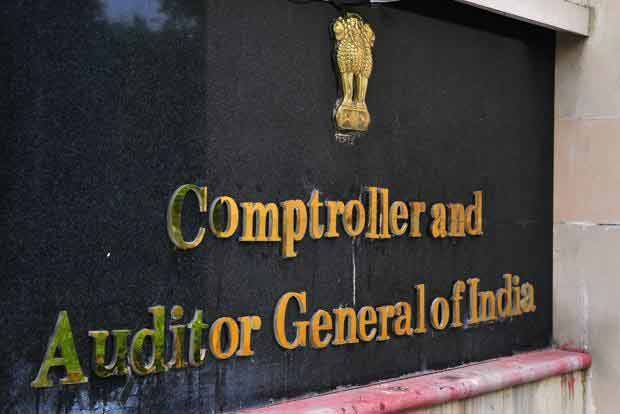Begin typing your search...
IITs slow to attract non-govt funds, higher research students: CAG report
All eight Indian Institutes of Technology (IITs) were unable to attract a sufficient amount of non-government-sponsored research projects, take land for ensuring facilities to students, or attract students for higher research, the Comptroller and Auditor General (CAG) said in a recent audit report.

New Delhi
In IIT Hyderabad, an inordinate delay of three years in utilising available funds of the Japan International Cooperation Agency (JICA) loan was noticed which resulted in non-achievement of the intended objective of advancement of academic and research activities in the campus in a timely manner, pointed out the report tabled in the Parliament on December 21.
It was noticed that in the IITs at Bhubaneswar, Gandhinagar, Mandi, and Ropar, issues in allotment and transfer of land persisted even after a decade of their establishment, and the lack of requisite land was a major impediment for the IITs in providing planned facilities to the students.
The report said that the ratio of non-government-funded projects ranged from 3.5 per cent to 14.31 per cent in terms of project funds. Though a number of patents were filed, no patents were obtained in five IITs during 2014-19, indicating the need for improvement in the outcome of research activities, it said.
The audit noticed that proportion of the internal receipts -- fees, interest, consultancy works, publications -- to the recurring expenditure of the IITs was very low even after having been established over a decade, and forced them to be heavily dependent on Central government grants for meeting recurring expenditure.
While the Education Ministry envisaged the establishment of the Research and Technology Development Council in the governing structure of each IIT to provide policy guidance for research and development activities, it was noticed that the establishment of the Councils was still in nascent stages in most IITs, thus impeding the necessary thrust required to be given to the pace of R&D activities in them.
The non-achievement of targets of infrastructure development in a timely manner affected student intake in all eight IITs, along with the timely installation of equipment and proper fund management, as per the report.
This also necessitated a revision of the capital outlay from Rs 6,080 crore to Rs 14,332 crore and the project period to 13 years, it said.
In PG/Ph.D programmes, vacancies were observed across all eight IITs indicating a need for realistic assessment of the student intake as well as evaluation of these programmes with an objective of attracting required suitable students.
The Education Ministry has permitted increase in sanction of faculty positions linked with the increase in students i.e., sanction of faculty posts to be increased by one for every increase of students by 10 (1: 10 ratio). Despite the efforts put in by the IITs and increase in faculty recruitment from year-to-year, vacancies ranging from 5 to 36 per cent in faculty positions were observed in seven IITs.
There was also inadequate representation of students belonging to reserved categories (SC/ST/OBC) in PG and Ph.D enrolment in all eight IITs, showing that the benefits of education at premier technical institutes is not reaching these students.
In PG courses, the shortfall in SC student intake ranged up to 30 per cent (IITGN) and that of ST students ranged between seven per cent (IIT Ropar) and 69 per cent (IIT Gandhinagar).
Similarly, in Ph.D courses, the shortfall ranged from 25 per cent (IIT Hyderabad) to 75 per cent (IIT Ropar) in respect of SC students and 65 per cent (IIT Bhubaneswar) to 100 per cent (IIT Jodhpur) in respect of ST students, it added.
Visit news.dtnext.in to explore our interactive epaper!
Download the DT Next app for more exciting features!
Click here for iOS
Click here for Android
Next Story



